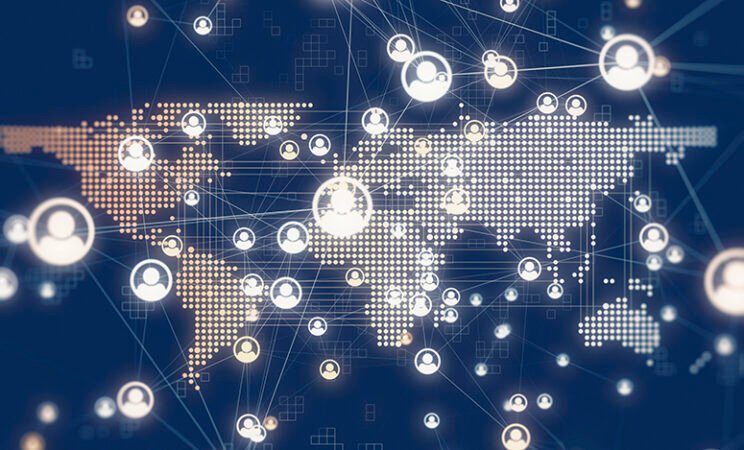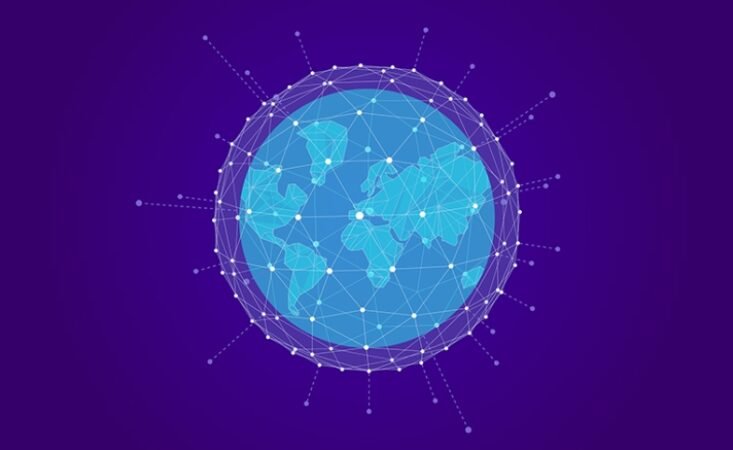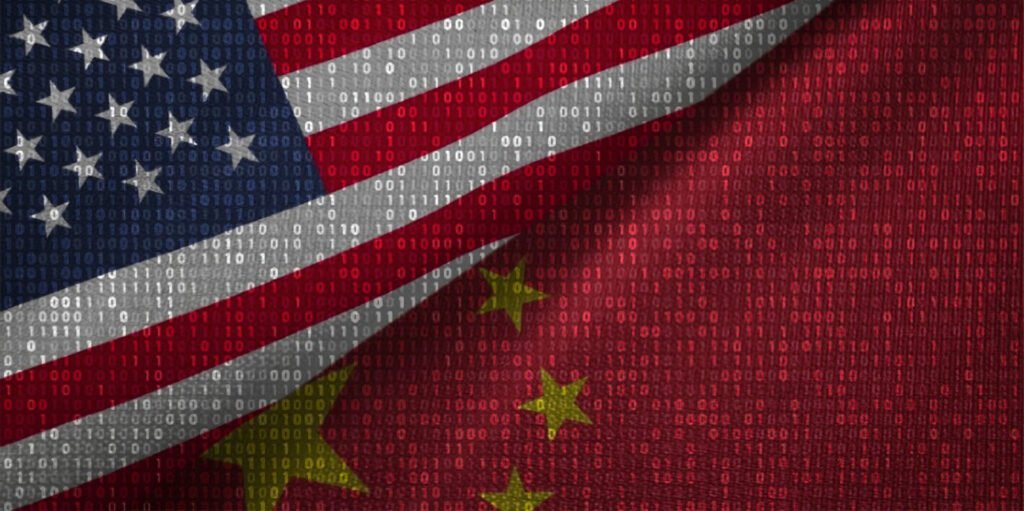Diplomacy 3.0 – Shaping New World Order

The current ‘Liberal World Order’ is remodelling itself into a ‘Technoral World Order’ through the means offered under Diplomacy 3.0. Under the new transnational algorithm, national citizens turned to GLOCAL.
If one can try to frame a perfect definition of ‘Diplomacy 3.0’, it may go a little controversial due to its unfathomable, ever-growing and diverging characteristics. It can be understood in a simpler manner as “an extended principal tool of soft power gaining accessibility among the people with digital means.” But in the context of the new shaping world order digitalization of connectivity is destroying the arch old modes of interaction between countries. Now no sailors contingent, official message bearer, cultural ambassador or any elite delegation can shape the opinion of the State regarding the other.
In the evolution phase of human contacts beyond the boundaries, diplomacy and foreign policy has a significant say from post-globalization. Diplomacy 3.0 has been much talked about in the last decade under the impression of the digital explosion of data, information, flash news and exclusive content generation. It actually mended the fundamentals of ‘Art of Diplomacy’. During Cold War, it was reinvented, as the security and defence component added prominently in dealing with bilateral as well as multilateral relations. Diplomacy 3.0 turned the wheel of evolution when the digital age of the 21st century percolated throughout the globe. Some analysts prefer to call it as ‘e-diplomacy’ in this century where it is easy for countries, international organizations, and non-state actors as well to respond to global upheavals but it is more than that because of its deep percolating nature and having an impact on the lowest levels of the society.
The increase in extension of humanitarian aid & assistance increased in last recent years which is another example of Diplomacy 3.0 where the masses are more readily connected to the happenings of global upheavals. The Global Humanitarian Overview 2023 indicated that there is a record jump in humanitarian assistance and protection provided by countries in last year. The significant increase from 274 million to 339 million in a year is an awestruck indicator. There are multiple reasons behind this but the most important is the awakening of people towards the deeds of their nations. They are acting as a pressure group for their respective governments to take toll of the menace done by people or by natural disasters.

The evolution of Diplomacy 3.0 is more evident in the tools used and the focused priorities carved around the core aspects of diplomacy. This phase-shifting moment with digitalization started in the 1990s when the pace of information exchange rejuvenated. The below-mentioned pointers provide the basis of Diplomacy 3.0 on which international relations reincarnated in the current era –
- How states interact with each other,
- How they negotiate defence as well as economic means,
- How they regulate their multiparty relations outside their territory,
- How they manage the rule of land abroad, and
- How they respond to the people of land vociferously, the newly added element.
The evolution of centuries revolves around the states sending/receiving messages in envelopes with confidential wax seals which address a focal point. Today the inclusion of multiple layers in administration & technological cross-checking methods makes it more democratized so as to include more voices. The key thing here to point out is that the new non-state actors emerged out from technological layers in social & digital media prevail leeway of states without any precautionary measure. It is a challenge as well as an opportunity for the states to curl in their favour.
In foreign policy and diplomacy, its ever-changing nature makes it more volatile to states but gives additional teeth to the masses affecting under its umbrella. The close ecosystem of laws, official relations, ambassadorial quorums are adapting, in some cases evolving, under Diplomacy 3.0 as the core of diplomacy. The digital spaces are offering more participatory avenues to states as availability of information are abundantly seamless and directly shows their empathy & dearness in minimal time to their friendly states.
Earlier it was seen that when war broke between two or more countries, global organizations like WHO, Red Cross, UNICEF, Doctors without Borders, UN-OCHA, IFRC etc. were seen frequently in extending aids and life-saving services to needy countries. Nowadays, it is evident that Self Help Groups, nation-specific NGOs, even CSRs are engaged in these efforts. Countries recognize the efforts of those seriously who stands by them in their hard times. Diplomacy 3.0 is carving the New World Order out of these small efforts which provided necessary oxygen when in need. It is noteworthy here that the digital documentation of these efforts which lasted till infinity & having access to the digital devices of every household, is a key of component of the effectiveness of Diplomacy 3.0. It etches into the minds of people that who were there to help when you are suffering.
The recent most example of India extending its immediate and timely humanitarian assistance (February 2023) to earthquake-hit countries like Syria and Türkiye is a milestone example of Diplomacy 3.0. Others are US assistance to African countries, India’s assistance to Africa, US assistance to Sub-Saharan Africa, UK’s aid to Ukraine etc. In some cases, diplomatically diagonal countries are also seen engaging in these efforts like – Indian flood assistance to Pakistan, South Korea’s aid to North Korea, Israel’s humanitarian aid to Iraq,
Global governance with such new diverse actors like business, civil society, and science entering in new diplomatic practices drive through economic globalization, technological change (Diplomacy 3.0) and growing imbalance in information, and evolving concepts of governance. Diplomacy 3.0 is the biggest driver out of all these. The technological means enable every entity to monitor state’s behaviour and to measure their adherence to international and transnational standards thus becoming an integral part of transnational governance beyond the state system. It directly shows the nations are not in a position to play with information asymmetries among states or non-state actors. The expansion of global collective action on any upheaval calls for a unified aligned strategy in which Diplomacy 3.0 directs entities to act in relevant behaviour. The actions of Non-Aligned countries in the Russia-Ukraine war, Afghanistan war, India-Pakistan war, and War of the Korean peninsula is evidence of these traits.

Danger is also there – it may give birth to the Cold War 2.0 in these technological advancements in non-Alignment 2.0. As some corners already pitched the idea that the current chip war is nothing just the start of Cold War 2.0 between the two superpowers of the 21st century. Diplomacy 3.0 actually offers a solution to this as the universalization of these technological expertise will dilute the tussles among the stakeholders. It is a double-edged knife which will use transnational expertise to empower those who are in need. A bridge to balance the two worlds of developed and underdeveloped under the reigning World Order. COVID era is a fantastic example where transnational organizations turned the government’s exclusivity of vaccine licensing into a universal green licensing phenomenon.
So how they negotiate defence as well as economic means or how they regulate their multiparty relations outside their territory or how they manage the rule of land abroad, are directly getting impacted by the elements of Diplomacy 3.0. It directly and indirectly turning the wheels of World Order as the multiparty impact on all the pillars of national existence impacted a lot. The political organizations working in national boundaries mend their policies on the new lines on global thoughts and deeds, which directly reflected in policy making and further implementation. It turns a nation into an automated form of model which slowly re-align itself with the new advancements done by the changemakers. In many cases these changemakers are very small entities; even a single person can lighten this torch like we witnessed in case of climate change. It turned not even countries, even international organizations to consider the new tenets of change in World Order.
Hence the growing reach of Diplomacy 3.0 into the landscape of Soft Power turned many flags into a cascade of transnational governance. The institutional coherence among the countries on issues of global importance attracts more empathy on elements of governance as they seek uniformity with global practices. It establishes an unsaid affirmation towards the diplomatic reach leading to synchronous executions. Multistakeholder diplomacy covered itself under the umbrella of Diplomacy 3.0 to churn and turn the New World Order. The basic elements which turn world order vis-à-vis political uprising, economic turnouts, intergovernmental organizations, civil society, international behaviour, etc. are rapidly adapting new benchmarks of Diplomacy 3.0. Soon the current Liberal World Order will turn itself into the new ‘Technoral World Order’ which will provide more access to the individual transactions of thoughts among the glocals. It will focus more on social & cultural developments through new technological advancements in enhanced & interconnected international consensus.
Recasting by Diplomacy 3.0 is real, affirm & stable. Techs are remoulding World Order at its fullest.


















